10 Best Herbal Essential Oils For Joint Pain

Herbal essential oils have gained popularity as natural remedies for joint pain due to their anti-inflammatory and analgesic properties.
Oils such as lavender, eucalyptus, and peppermint are commonly used for their soothing and pain-relieving effects. These oils can be applied topically, diluted with a carrier oil, to target specific areas of discomfort. Many people find relief through regular use, often combined with massage or aromatherapy techniques.
However, it is important to consult with a healthcare professional before use, especially for those with sensitive skin or underlying health conditions.
FREE Herb Drying Checklist
How to make sure every batch retains maximum flavor, color, and aroma without the risk of mold or over-drying. Eliminate guesswork and trial-and-error, making herb drying faster, easier, and more efficient every time.
Table of Contents
1. Curcuma longa
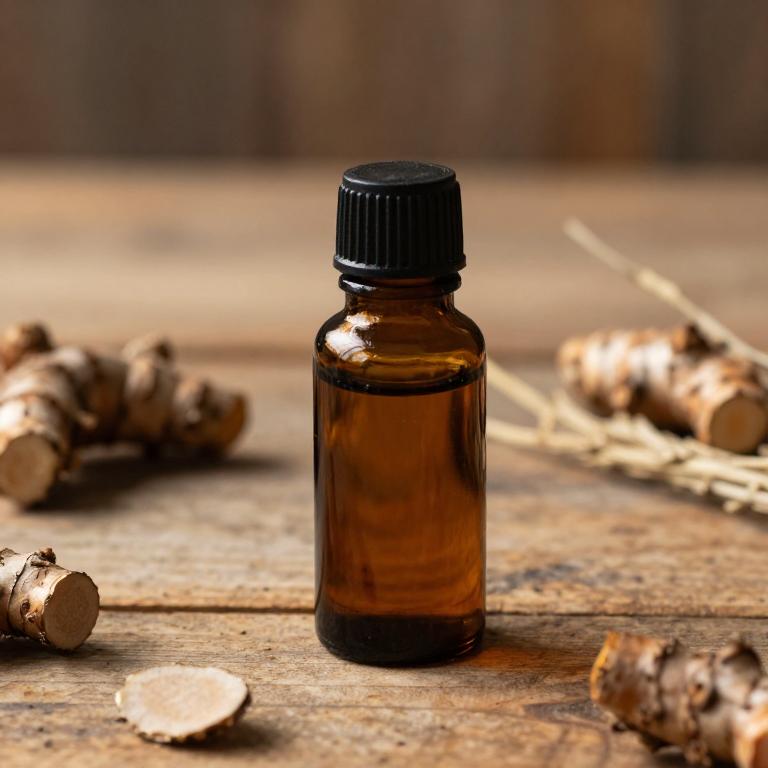
Curcuma longa, commonly known as turmeric, is a well-known herb that has been traditionally used for its anti-inflammatory and antioxidant properties.
The essential oils derived from Curcuma longa contain bioactive compounds such as curcuminoids, which are believed to contribute to its therapeutic effects. These essential oils may help alleviate joint pain by reducing inflammation and oxidative stress in the body. Studies suggest that topical application of turmeric essential oils can provide localized relief for conditions like arthritis and osteoarthritis.
However, it is important to consult with a healthcare professional before using these oils, as they may interact with certain medications or cause skin irritation in some individuals.
2. Zingiber officinale

Zingiber officinale, commonly known as ginger, is widely recognized for its therapeutic properties, including its potential to alleviate joint pain.
The essential oils derived from ginger contain bioactive compounds such as gingerol and shogaol, which possess anti-inflammatory and analgesic effects. These oils can be applied topically to the affected areas, helping to reduce swelling and discomfort associated with conditions like arthritis. When used in aromatherapy or diluted with a carrier oil, ginger essential oil may promote relaxation and improve circulation, further supporting joint health.
However, it is important to consult with a healthcare professional before using ginger essential oils, especially for individuals with sensitive skin or existing medical conditions.
3. Salvia officinalis
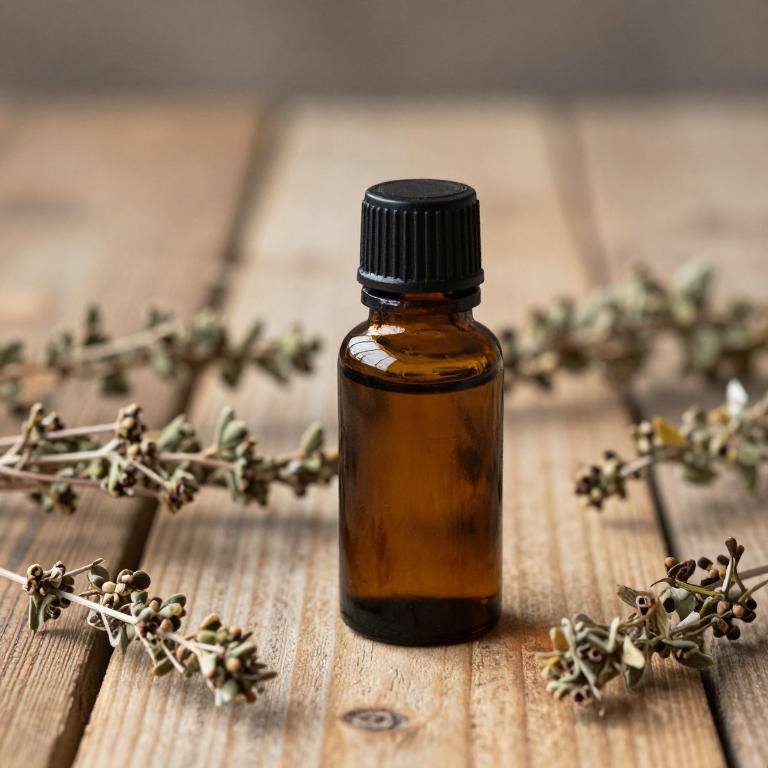
Salvia officinalis, commonly known as sage, is a medicinal plant whose essential oil has been traditionally used for its therapeutic properties.
The essential oil of sage contains compounds such as thujone, camphor, and cineole, which may contribute to its anti-inflammatory and analgesic effects. Some studies suggest that the application of sage essential oil may help alleviate joint pain by reducing inflammation and improving circulation in the affected areas. However, it is important to use sage essential oil with caution, as it can be irritating to the skin and may have psychoactive effects in higher concentrations.
When used properly, sage essential oil can be a valuable complementary treatment for managing joint pain alongside other conventional therapies.
4. Cinnamomum zeylanicum
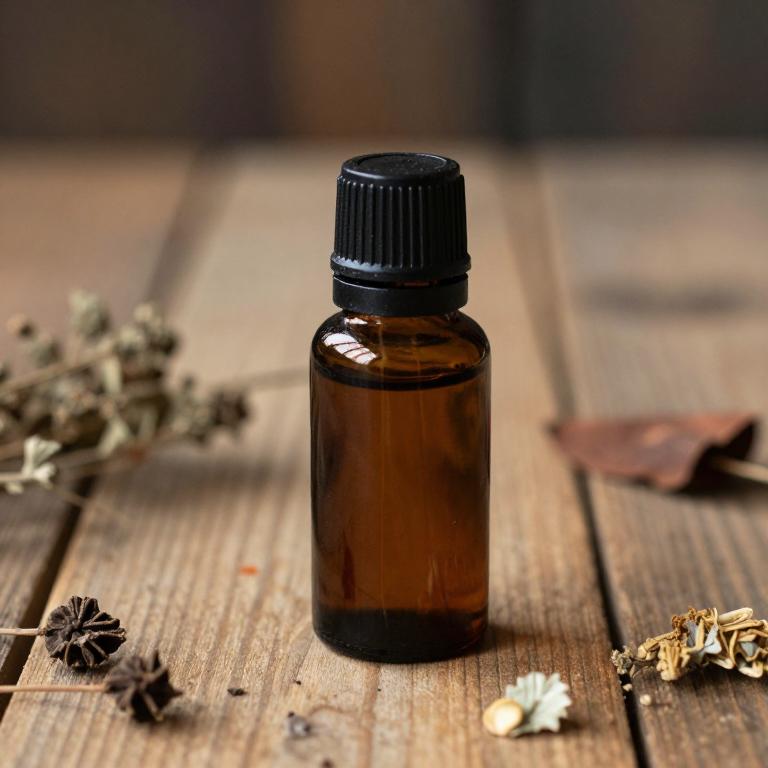
Cinnamomum zeylanicum, commonly known as cinnamon bark, produces a rich essential oil that has been traditionally used for its therapeutic properties, including its potential to alleviate joint pain.
The oil contains compounds like cinnamaldehyde and eugenol, which possess anti-inflammatory and analgesic effects, making it beneficial for reducing discomfort associated with arthritis and other inflammatory conditions. When applied topically, the essential oil can help soothe inflamed joints and improve circulation, promoting faster recovery. However, it should always be diluted with a carrier oil to prevent skin irritation.
Regular use of cinnamon essential oil, combined with other aromatherapy techniques, may offer natural relief for individuals seeking alternative treatments for joint pain.
5. Piper nigrum
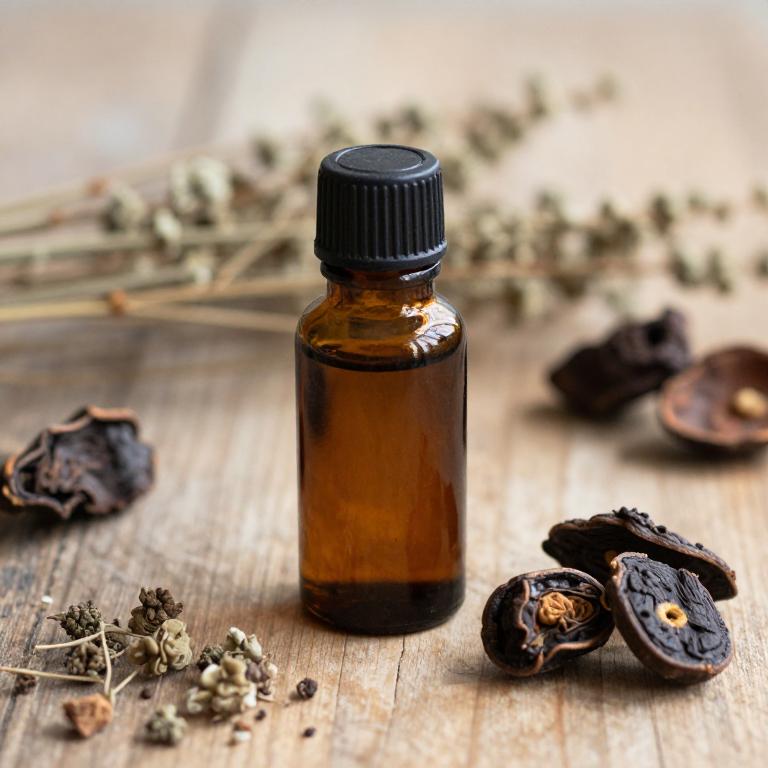
Piper nigrum, commonly known as black pepper, contains essential oils that have been explored for their potential benefits in alleviating joint pain.
The essential oil derived from black pepper is rich in compounds like piperine, which possess anti-inflammatory and analgesic properties. These properties may help reduce inflammation and pain associated with conditions such as arthritis. However, it is important to note that while some preliminary studies suggest possible benefits, more research is needed to confirm its efficacy and safety for use in treating joint pain.
As with any herbal remedy, it is advisable to consult a healthcare professional before incorporating piper nigrum essential oil into a treatment regimen.
6. Rosa canina
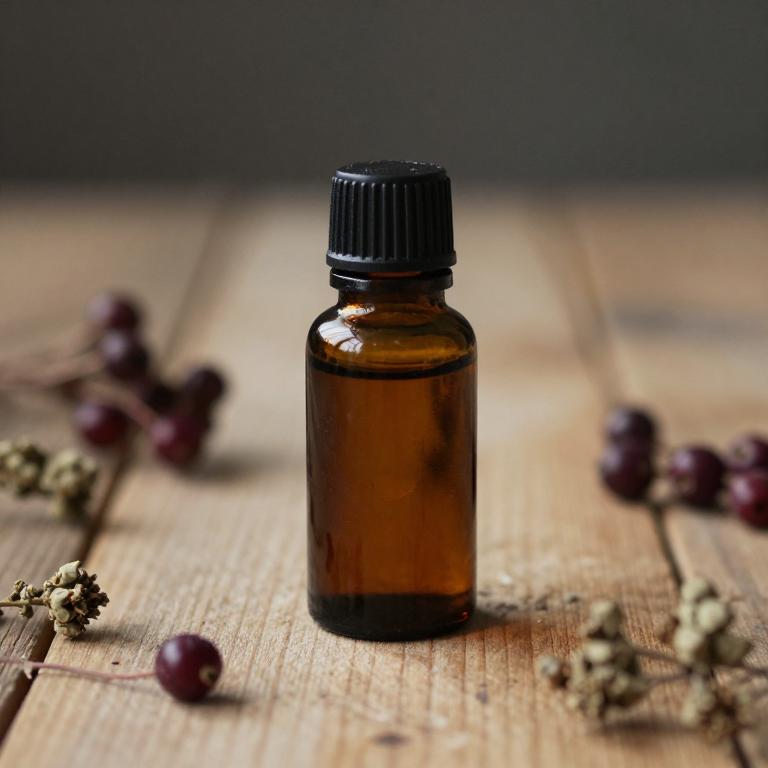
Rosa canina, commonly known as dog rose, is a traditional herb that has been used for centuries to support joint health and alleviate pain.
Its essential oils, derived from the flowers and fruits, contain a variety of bioactive compounds such as flavonoids, tannins, and polyphenols, which are believed to have anti-inflammatory and antioxidant properties. These oils are often used in aromatherapy and topical applications to reduce stiffness and improve mobility in individuals suffering from conditions like arthritis. When used as part of a holistic approach, Rosa canina essential oils may help to soothe joint discomfort and promote overall well-being.
However, it is important to consult with a healthcare professional before incorporating these oils into a treatment regimen, especially for those with pre-existing medical conditions or who are pregnant.
7. Capsicum annuum

Capsicum annuum, commonly known as bell pepper, contains compounds such as capsaicin, which are used in the production of herbal essential oils for alleviating joint pain.
These essential oils work by stimulating the release of endorphins and reducing the perception of pain through the desensitization of pain receptors. When applied topically, they can help reduce inflammation and improve circulation in affected joints. However, it is important to dilute the essential oil properly to avoid skin irritation.
Capsicum annuum essential oils are often used in aromatherapy and topical applications as a natural alternative to conventional pain relief methods.
8. Achillea millefolium
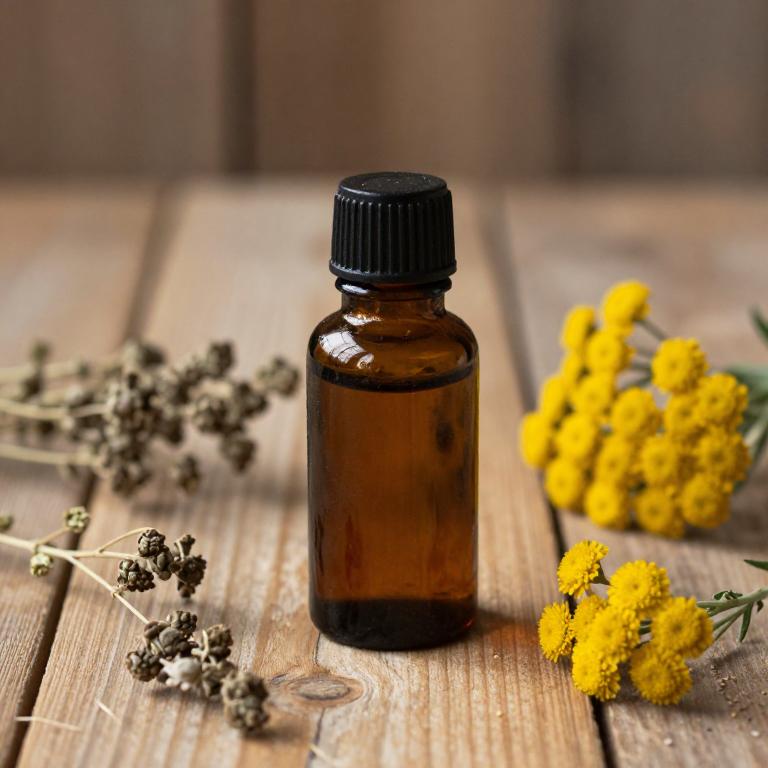
Achillea millefolium, commonly known as yarrow, contains essential oils that have been traditionally used for their anti-inflammatory and analgesic properties.
These essential oils, derived from the dried flowers and leaves of the plant, contain compounds such as chamazulene and bisabolol, which are known for their ability to reduce inflammation and soothe pain. When applied topically, yarrow essential oil can help alleviate joint pain by improving circulation and reducing swelling in the affected areas. However, it is important to dilute the oil with a carrier oil before application to avoid skin irritation.
While preliminary studies suggest potential benefits, further research is needed to fully understand its efficacy in treating joint pain.
9. Urtica dioica

Urtica dioica, commonly known as stinging nettle, is a plant that has been traditionally used for its medicinal properties, including its potential to alleviate joint pain.
The essential oils derived from Urtica dioica are believed to contain bioactive compounds such as flavonoids and phenolic acids, which may possess anti-inflammatory and analgesic effects. These essential oils can be applied topically in the form of massage oils or creams to target inflamed joints and reduce discomfort. While some studies suggest that nettle may help with conditions like arthritis, more clinical research is needed to fully understand its efficacy.
Overall, Urtica dioica essential oils are a natural remedy that may offer relief for joint pain when used appropriately and in conjunction with other holistic treatments.
10. Cnicus benedictus
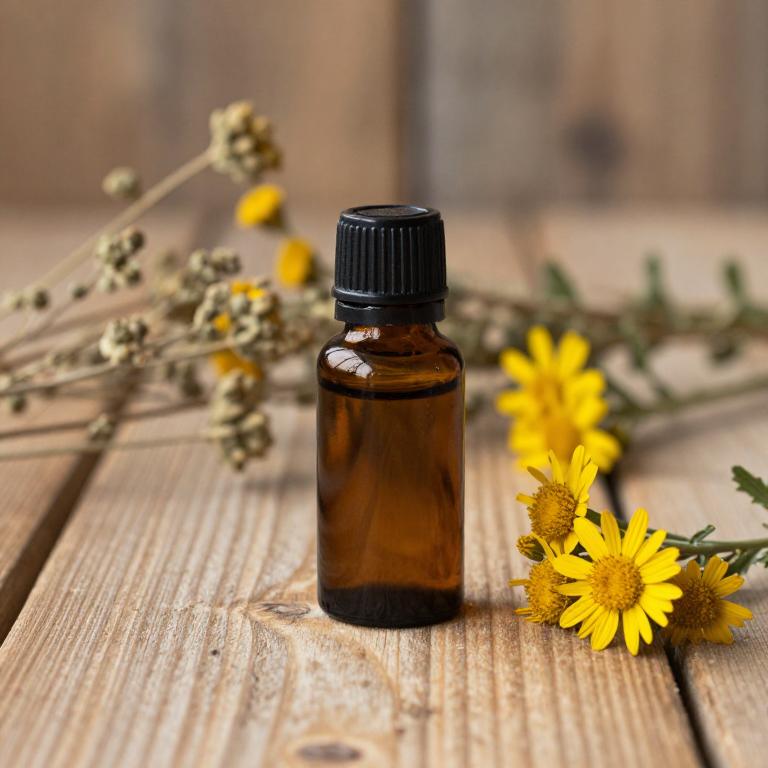
Cnicus benedictus, also known as blessed thistle, is a herb that has been traditionally used for its potential anti-inflammatory and pain-relieving properties.
While primarily known for its use in digestive health, some studies suggest that its essential oils may have applications in alleviating joint pain due to their antioxidant and analgesic effects. The essential oils derived from Cnicus benedictus are often used in aromatherapy and topical applications to reduce inflammation and soothe discomfort in arthritic joints. However, it is important to consult with a healthcare professional before using these oils, as they may interact with certain medications or cause allergic reactions in some individuals.
Overall, while promising, more research is needed to fully understand the efficacy and safety of Cnicus benedictus essential oils for joint pain relief.